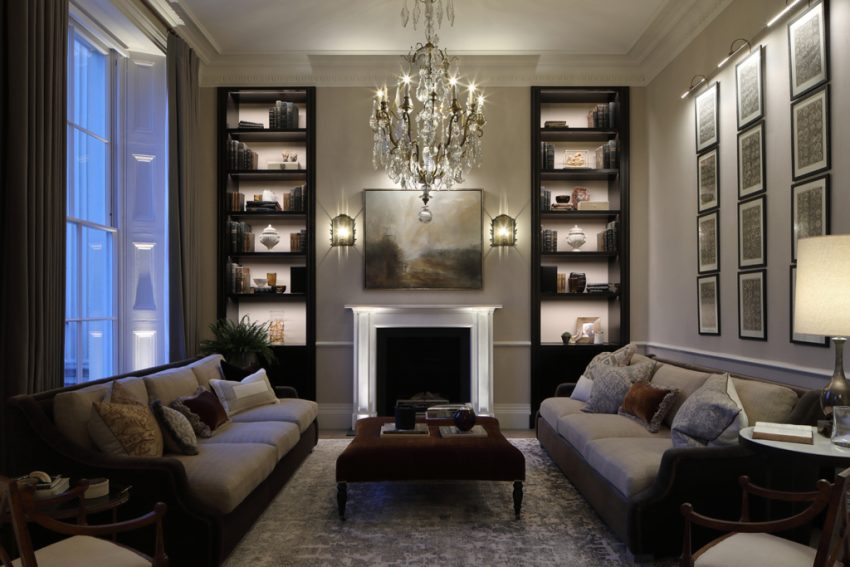metlifedentalnow.net – Light is a fundamental element in home design, playing a crucial role in creating a space that is not only aesthetically pleasing but also functional and inviting. The way a space is illuminated can significantly impact the mood, ambiance, and overall feel of a room. In this article, we will explore the importance of light in home design and how it can be effectively utilized to enhance the beauty and functionality of your living spaces.
The Psychological Impact of Light
Light has a profound effect on our mood and well-being. Natural light, in particular, is known to boost mood and productivity, while also providing numerous health benefits. It is essential to consider the placement of windows and the use of light-reflecting materials to maximize the amount of natural light in a home. Additionally, the color temperature of light can influence our emotions; warmer tones create a cozy, inviting atmosphere, while cooler tones can make a space feel more alert and vibrant.
Functional Lighting
Beyond aesthetics, lighting must also serve practical purposes. Task lighting, such as under-cabinet lights in the kitchen or reading lamps in the bedroom, is crucial for ensuring that specific areas are well-lit for activities that require focus and precision. Ambient lighting, on the other hand, provides overall illumination and sets the tone for the room. It is important to strike a balance between these types of lighting to ensure that a space is both functional and comfortable.
Lighting Design and Layers
A well-designed lighting scheme incorporates multiple layers of light to create a cohesive and versatile space. This includes a combination of ambient, task, and accent lighting. Accent lighting is used to highlight architectural features, artwork, or other focal points in a room, adding depth and interest. By layering light, homeowners can control the atmosphere of a room and adapt it to different occasions and times of day.
Energy Efficiency and Sustainability
In today’s environmentally conscious world, the choice of lighting fixtures and bulbs is also influenced by considerations of energy efficiency and sustainability. LED bulbs, for example, are a popular choice due to their long lifespan and low energy consumption. Smart lighting systems can also contribute to energy savings by allowing homeowners to control lighting remotely and schedule it to turn on and off as needed.
Conclusion
Light is a powerful tool in home design, capable of transforming the look and feel of a space. By understanding the psychological impact of light, incorporating functional lighting solutions, and designing with layers, homeowners can create a home that is both beautiful and functional. Additionally, by choosing energy-efficient lighting options, homeowners can reduce their environmental footprint while enjoying the benefits of well-lit living spaces. In essence, the importance of light in home design cannot be overstated; it is the key to unlocking the full potential of any interior.

